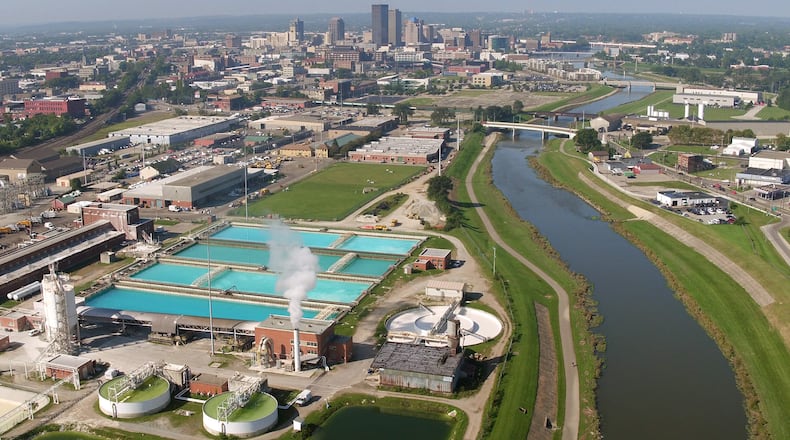An EPA spokesman said the agency is no longer confident that PFAS levels allowed under the 2016 guidelines “do not have adverse health impacts,″ according to the AP.
Abinash Agrawal, a Wright State University professor and drinking water quality expert, called the change in the proposed guidelines “dramatic” and questioned whether Ohio labs are prepared to detect PFAS levels this low without a significant upgrade in their analytical capabilities.
PFAS is short for per- and polyfluoroalkyl substances, which were once used in nonstick frying pans, water-repellent sports gear, stain-resistant rugs, firefighting foam and elsewhere. The substance was voluntarily phased out in the U.S., but it remains in some products and in the environment.
Many states have already lowered their own drinking water advisories for these chemicals, Agrawal said.
“We didn’t do much in Ohio,” he said. “We just followed the highest screening level, requiring no actions.”
Agrawal said previous studies of public drinking water supply systems in Ohio found more than 100 systems with PFOA and PFOS present — all but one of them below 70 parts per trillion, but many well above the new standard. He said this is “not a trivial matter,” as it affects the health of thousands of people locally.
The EPA said it expects to propose national drinking water regulations for the chemicals this year, with a final rule expected in 2023.
“It is a much improved, much researched health advisory that has been in the pipeline for years,” Agrawal said.
City of Dayton officials said Friday that they were “still studying the EPA’s new more aggressive health advisory levels for PFAS in drinking water, but we know we share the same goal: Make these contaminants a non-issue by completely removing them from our water.”
The city said in a statement that it has performed water sampling, using over 500 monitoring wells. The city said it has also closed potentially contaminated wells.
“We’ve taken legal action against organizations that we know are the source of the contamination,” the city statement also said, an apparent reference to Wright-Patterson Air Force Base and the Department of Defense. “We’ve also made it clear that we want to work with them to move as quickly as possible to fix the problem.”
Dayton government sued Wright-Patterson and the Defense Department in May 2021 for failing (the city charged) to stop water contaminants from entering a source of the city’s drinking water. The case was moved to federal court in South Carolina last year, where it has been classified with other causes of action and claims relating to PFAS substances.
The city said its water “meets all regulatory requirements.”
Dayton also said it is in the final stages of “deciding on the most cost-effective and safest steps to getting to our goal of no PFAS in our drinking water.”
A spokeswoman for the Ohio EPA said her agency is helping municipal systems weigh their options, such as water treatment or connecting with other municipal water systems.
“Forthcoming federal infrastructure allocations include funding for public water systems to address PFAS,” Ohio EPA spokeswoman Heidi Griesmer said. “Ohio EPA anticipates public water systems will be able to submit projects for funding assistance later this calendar year.”
Montgomery County released a statement Friday noting that the county does not treat drinking water. But in 2019, county leaders were concerned enough about the matter to issue a statement expressing some alarm about the quality of the region’s drinking water.
“If we felt our community was immediately threatened, we would absolutely advise citizens to cease water consumption. That isn’t the case, but it has raised enough flags for us to involve the Ohio (Environmental Protection Agency),” county administrator Michael Colbert in the statement at that time.
In its new statement Friday, county officials said they would “continue to collaborate with the city of Dayton and Ohio EPA to ensure our residents receive the best quality water possible.” statement Friday.




